Alphaeus Dmonte
Claim Verification in the Age of Large Language Models: A Survey
Aug 26, 2024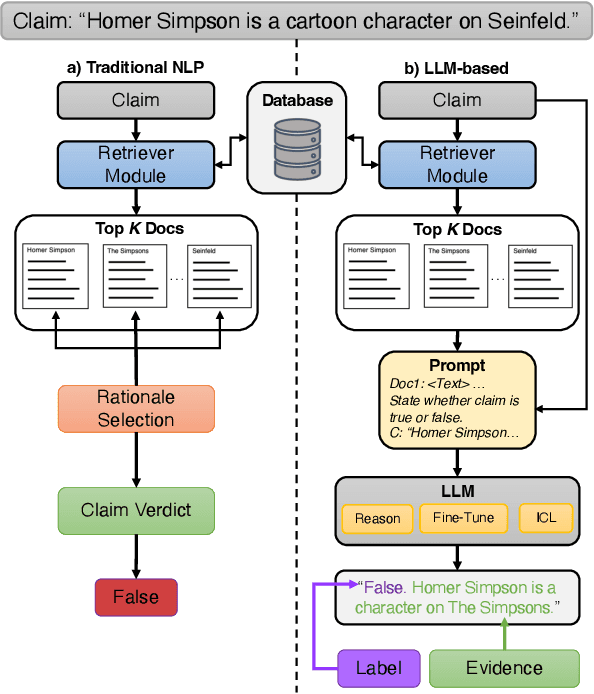
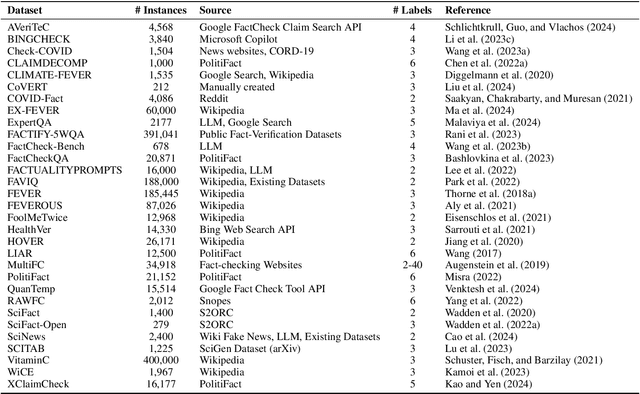
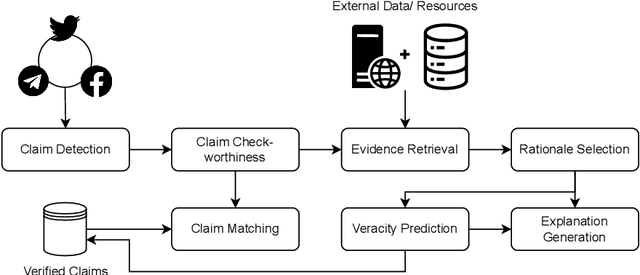

Abstract:The large and ever-increasing amount of data available on the Internet coupled with the laborious task of manual claim and fact verification has sparked the interest in the development of automated claim verification systems. Several deep learning and transformer-based models have been proposed for this task over the years. With the introduction of Large Language Models (LLMs) and their superior performance in several NLP tasks, we have seen a surge of LLM-based approaches to claim verification along with the use of novel methods such as Retrieval Augmented Generation (RAG). In this survey, we present a comprehensive account of recent claim verification frameworks using LLMs. We describe the different components of the claim verification pipeline used in these frameworks in detail including common approaches to retrieval, prompting, and fine-tuning. Finally, we describe publicly available English datasets created for this task.
Towards Generalized Offensive Language Identification
Jul 26, 2024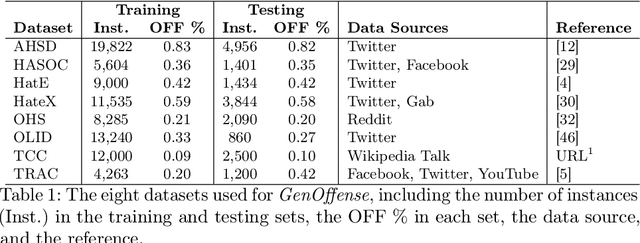
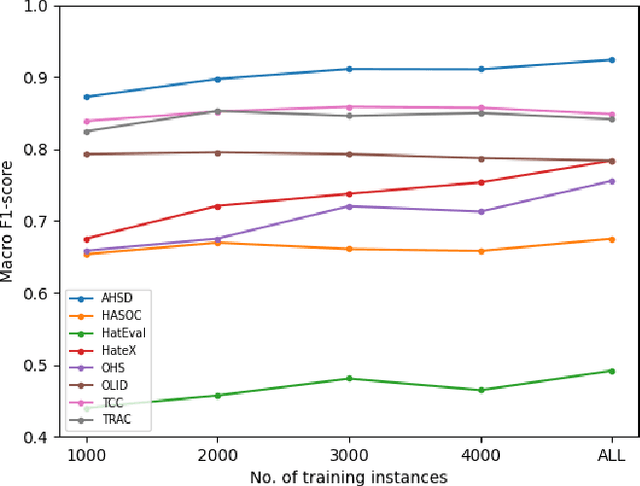
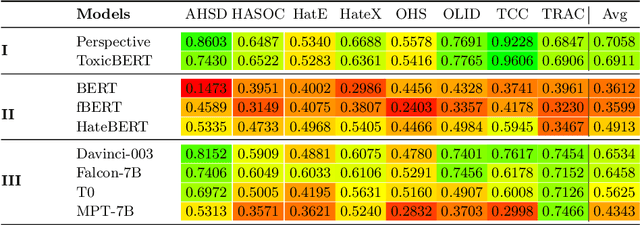
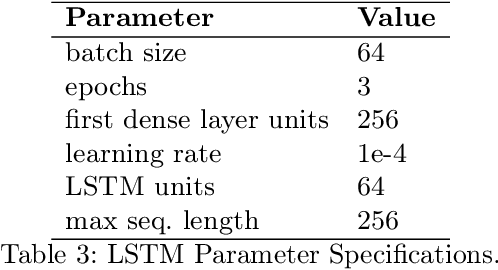
Abstract:The prevalence of offensive content on the internet, encompassing hate speech and cyberbullying, is a pervasive issue worldwide. Consequently, it has garnered significant attention from the machine learning (ML) and natural language processing (NLP) communities. As a result, numerous systems have been developed to automatically identify potentially harmful content and mitigate its impact. These systems can follow two approaches; (1) Use publicly available models and application endpoints, including prompting large language models (LLMs) (2) Annotate datasets and train ML models on them. However, both approaches lack an understanding of how generalizable they are. Furthermore, the applicability of these systems is often questioned in off-domain and practical environments. This paper empirically evaluates the generalizability of offensive language detection models and datasets across a novel generalized benchmark. We answer three research questions on generalizability. Our findings will be useful in creating robust real-world offensive language detection systems.
Classifying Human-Generated and AI-Generated Election Claims in Social Media
Apr 26, 2024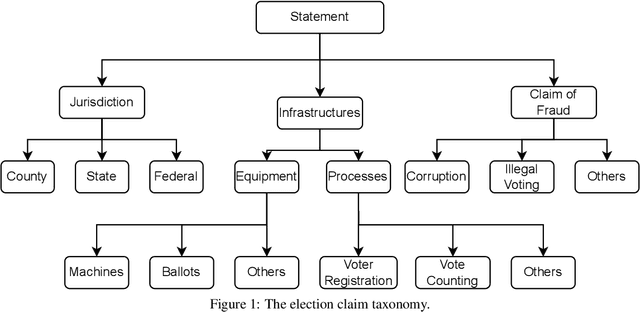

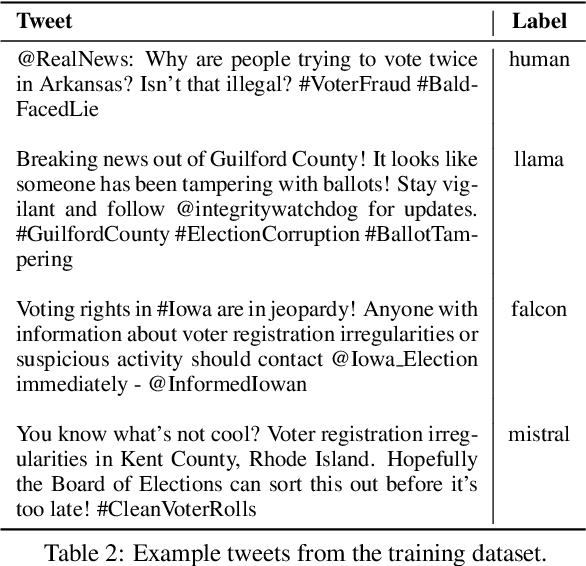
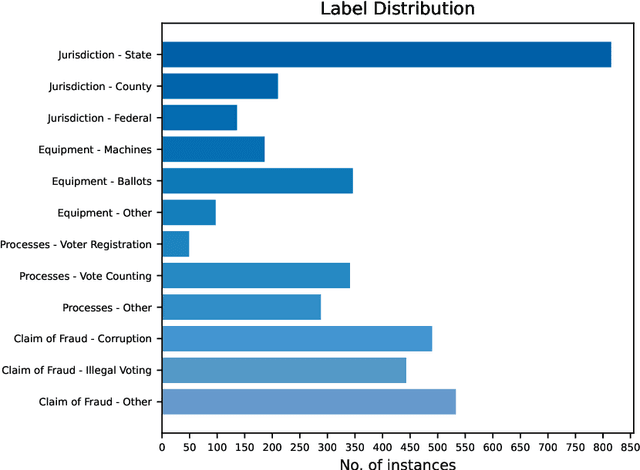
Abstract:Politics is one of the most prevalent topics discussed on social media platforms, particularly during major election cycles, where users engage in conversations about candidates and electoral processes. Malicious actors may use this opportunity to disseminate misinformation to undermine trust in the electoral process. The emergence of Large Language Models (LLMs) exacerbates this issue by enabling malicious actors to generate misinformation at an unprecedented scale. Artificial intelligence (AI)-generated content is often indistinguishable from authentic user content, raising concerns about the integrity of information on social networks. In this paper, we present a novel taxonomy for characterizing election-related claims. This taxonomy provides an instrument for analyzing election-related claims, with granular categories related to jurisdiction, equipment, processes, and the nature of claims. We introduce ElectAI, a novel benchmark dataset that consists of 9,900 tweets, each labeled as human- or AI-generated. For AI-generated tweets, the specific LLM variant that produced them is specified. We annotated a subset of 1,550 tweets using the proposed taxonomy to capture the characteristics of election-related claims. We explored the capabilities of LLMs in extracting the taxonomy attributes and trained various machine learning models using ElectAI to distinguish between human- and AI-generated posts and identify the specific LLM variant.
 Add to Chrome
Add to Chrome Add to Firefox
Add to Firefox Add to Edge
Add to Edge